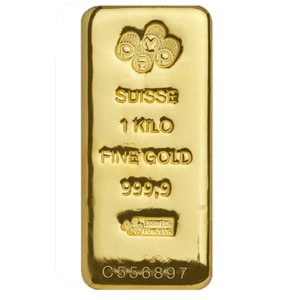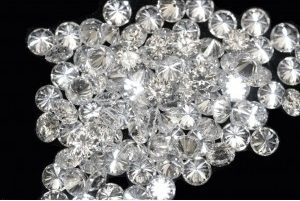“Of all our locations Knox seems to be the ‘family store’.”
Lots of parents with children visit and sometimes the kids are well behaved and sometimes they can be terrors. We have had grandfather clocks tumbled, heads bumped, ice creams dropped on the carpet and glass cabinets licked (extremely funny when you are standing on the other side of the counter). Though even with the bad things that happen there are some wonderful moments.
Diana was serving a mum who had come in with an inquisitive three year old. Mum was looking for a gold bracelet and the three year old was paying close attention to what was being said. After describing the style of link, the carat alloy of the gold, the quality off the clasp and the benefits of a solid bracelet there was only one question left to ask and the three year old asked it.
“Mummy, are you buying carrots?”
- Carrots
Of course you can understand the confusion and in a way she was buying carats.
A three year old may grapple with the difference between carrots and carats but there is also confusion for adults between carat and karat too.
Karat (abbreviated to K, as in 18K) is the term that describes purity of a gold alloy. 24K is pure gold (100% gold), while 18K is 75% gold (18 divided by 24). Also very common in Australia is 9K (37.5% gold). The other metals used in a gold alloy for jewellery include silver, copper and palladium. This is often why different 9K golds are different colours, the amount of gold in them is the same but the amounts of silver (white metal) and copper (reddish metal) are different and vary the final colour.
To confuse things a little more Australia is different from other countries and uses the word carat instead of karat. So you would buy a 9ct (nine carat) gold necklet here and a 9K gold necklet overseas.
- 24K Gold Bar
Jewellery should always be stamped with the alloy used. ‘750’, ‘18ct’ or ‘18K’ for 18K gold and ‘375’, ‘9ct’ or ‘9K’ for 9K gold.
The term Carat traditionally refers to the weight of a gemstone. There are five carats in a gram and one hundred points in a carat. So you can buy a diamond described as weighing fifty points or half a carat.
Because carat is a weight measurement and not a size measurement and because gemstones have different densities, different gemstones of a constant weight will look different sizes. For example a one carat diamond will look bigger than a one carat sapphire, but smaller than a one carat emerald.
Got it? Its so much easier being a child of three.
- Polished Diamonds
This story was taken from Holdsworth Bros newsletter ‘Pearle’ Summer 2009







